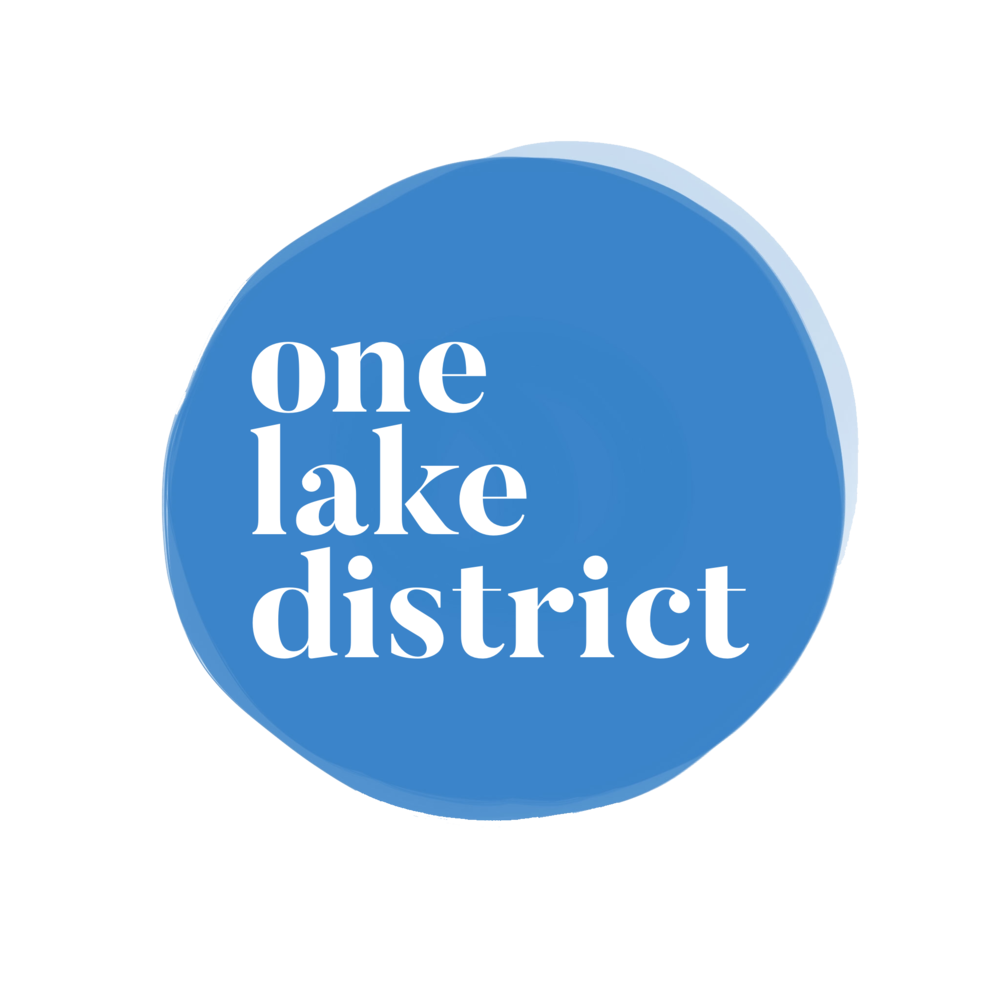What is Coniston famous for?
Coniston is a small Lakeland village with a huge wealth of industrial history and connections to historical, influential figures. The villages interesting and unique past contributes to many tourist attractions and natural features that attract visitors to the area today.
John Ruskin
Born in 1819, John Ruskin was an extremely influential figure in the Victorian era with his legacy still present in Coniston and throughout the Lake District today. The artist chose Coniston as his home in 1871, purchasing Brantwood House and marking it with his beautiful art and poetic works. The house and estate is now a popular attraction in Coniston, with boat tours running most days stopping off at Brantwood. The historic house showcases his life and works through artistic exhibitions and beautiful gardens in which Ruskin played a part in designing. As well as Brantwood, Coniston is home to the Ruskin Museum, which was created by Ruskin’s former secretary W.G.Collingwood as tribute to the artist. Ruskin’s gravestone can be seen in the graveyard of St.Andrew’s Church in the centre of Coniston.
Coniston Water
Coniston is home to the Lake Districts fifth largest lake making the water a popular spot for many world water speed record attempts through the ages. Racing motorist Sir Malcolm Campbell set the most famous record in 1939 at 141.74 miles. Campbell’s son Donald Campbell went on to set four records on Coniston Water between 1956-1959. Tragically, Donald set off in Coniston Water in 1967 in the aim to reach a speed 300mph in his Bluebird K7 ultimately losing control resulting in a crash, which sunk the boat along with Campbell in it. The Bluebird was recovered in 2001 with Campbell’s body, which is now laid to rest at the Parish Cemetery in Coniston. The wreckage of the Bluebird is now being resorted at the Ruskin Museum as part of the Bluebird Project.
In modern times, Coniston Lake is still used for water speed record attempts with the popular Powerboat Records Week taking place on the water annually usually in November.
Slate and copper mining industry
Coniston has a rich history of mining dating back to the 16th century, with several slate and copper mines dotted around the area. Hiking around Coniston, you are likely to come across disused ruins, like the slate mine on the fell-side of The Old Man of Coniston. Conservation projects in the area such as the Coniston Copper project make an effort to preserve the industrial history focusing on repair and maintenance of artefacts, with some featured at the Ruskin Museum. Many of the areas mines are disused historical features but there are still two active slate quarries in Coniston- one in the Coppermines Valley and one in Brossen Stone.
Beatrix Potter
Famous children’s writer and illustrator Beatrix Potter loved the Lake District; she took inspiration from the stunning area for most of her books, with Coniston being a particularly beloved place.
Tarn Hows
Tarn Hows was a favoured area of the Lakeland author, so much so she bought the land in 1929, selling half of the area to the National Trust and later leaving it all to the charity.
Yew Tree Farm
A distinctive farm house with character and charm, Yew Tree Farm has strong connections with Beatrix Potter; she owned the Monk Coniston estate which included Tarn Hows and Yew Tree Farm. The farmhouse was used as a filming location in the children’s film Miss Potter based on the life of Beatrix Potter.
Hawkshead
A quaint little village near Coniston in which Beatrix Potter gained a lot of inspiration for locations within her tales, the village is now home to the Beatrix Potter Gallery; a 17th century house which hosts exhibitions of original illustrations painted by the writer herself.
Coniston filming locations
Coniston has appeared a number of times on popular TV shows and films, showcasing the stunning area on our screens at home and in the cinema.
Yew Tree Farm in Coniston appeared in the 2006 film Miss Potter staring Renee Zellweger, exploring the life and works of Beatrix Potter.
Coniston Water is used as a filming location in the popular children’s film ‘Swallows and the Amazons.’ Peel Island represents ‘Wild Cat Island’ in the movie. The film is an adaptation of adventure books written by Arthur Ransome, who based his tales in Coniston.
The Black Bull Inn, a pub in the centre of Coniston was used in the popular BBC TV drama ‘The A Word’.
The Sun Inn, a pub high up above Coniston village was a renowned favourite of motorsport icon Donald Campbell and also featured in the Anthony Hopkins film ‘Across the Lake’.
